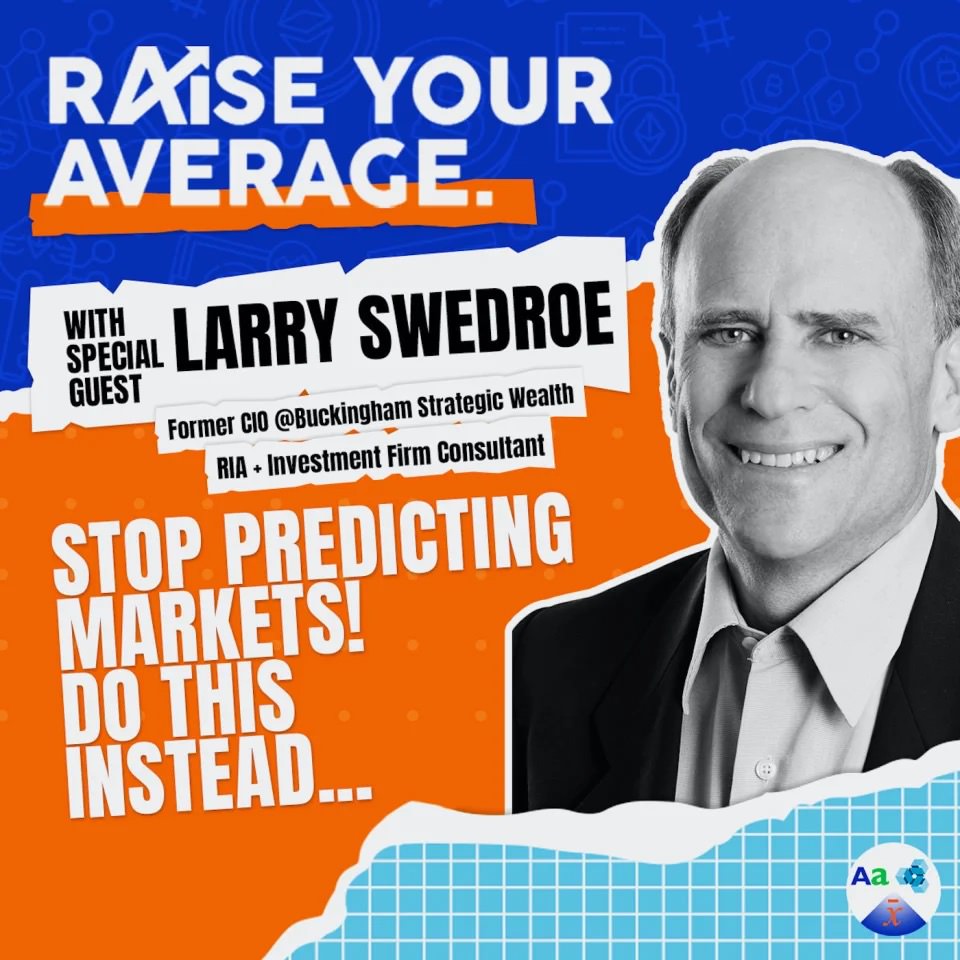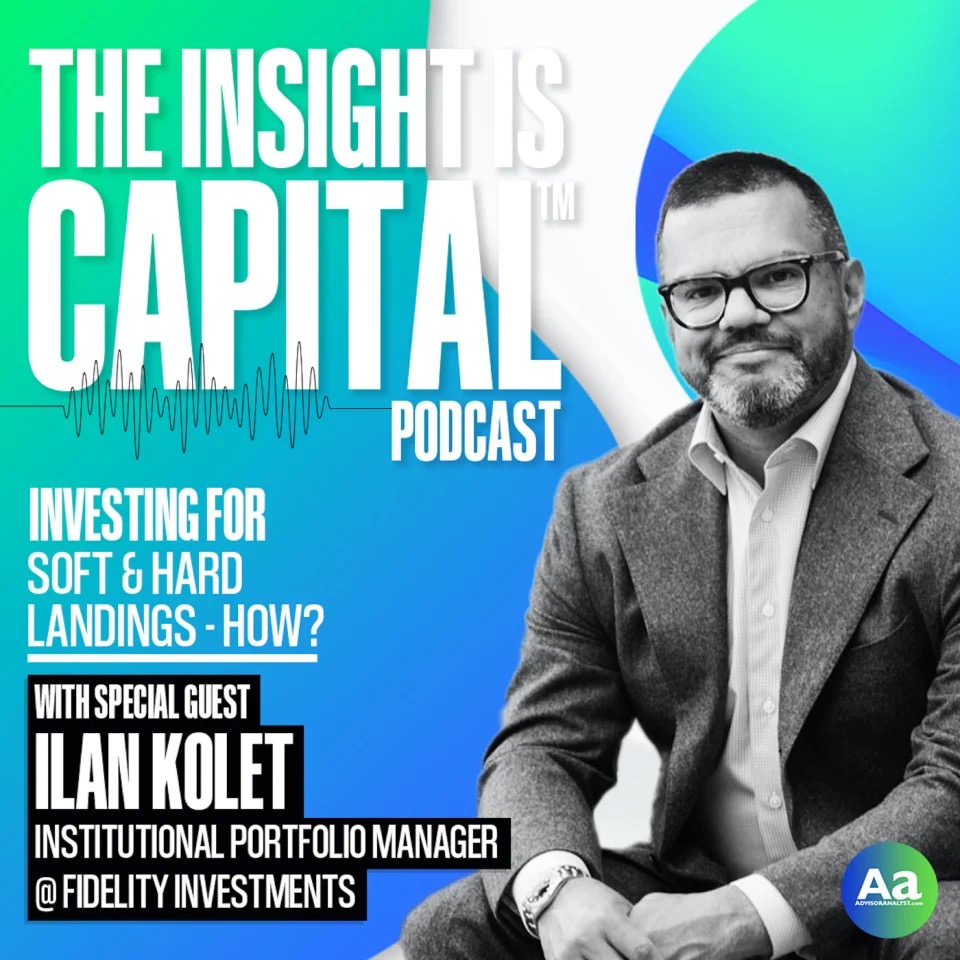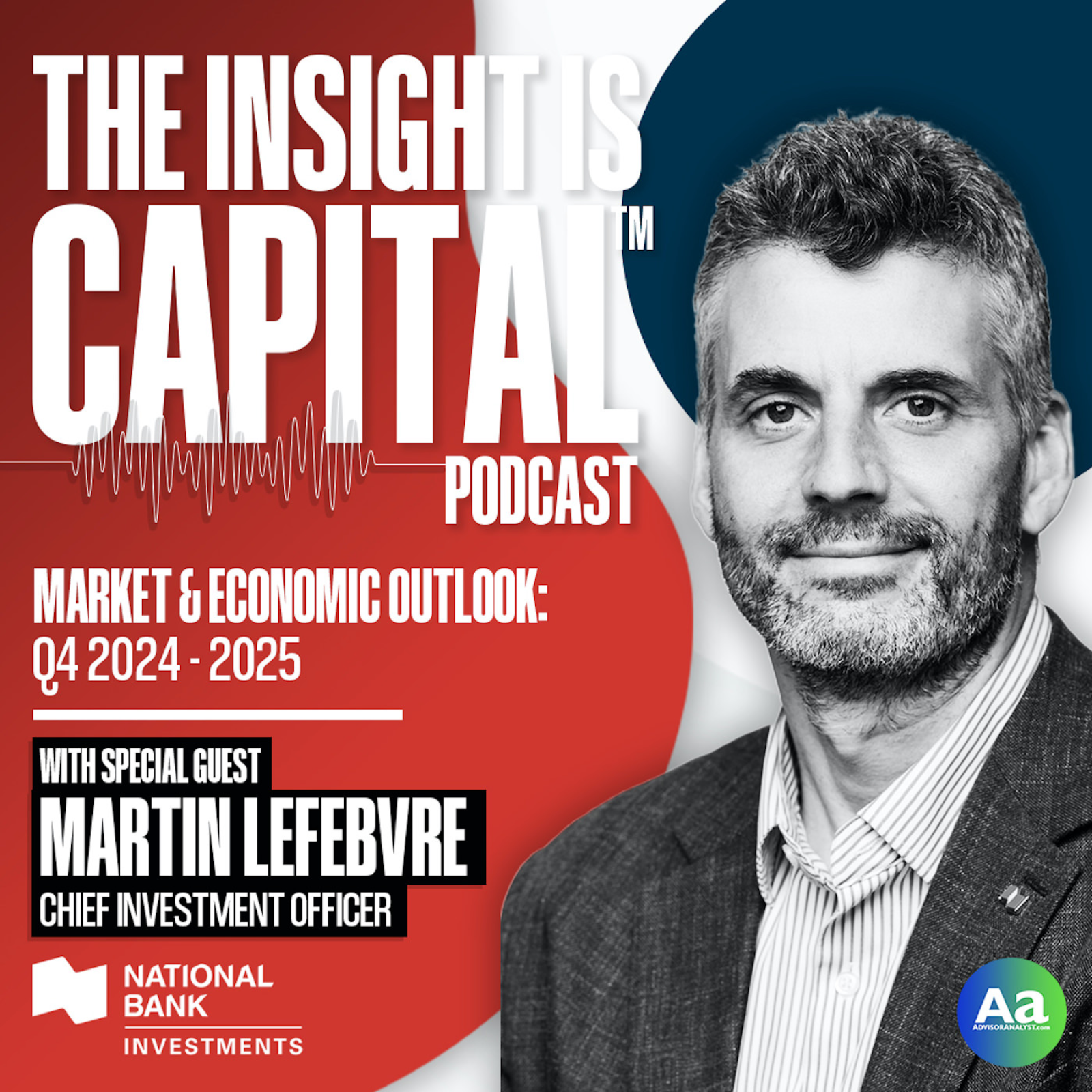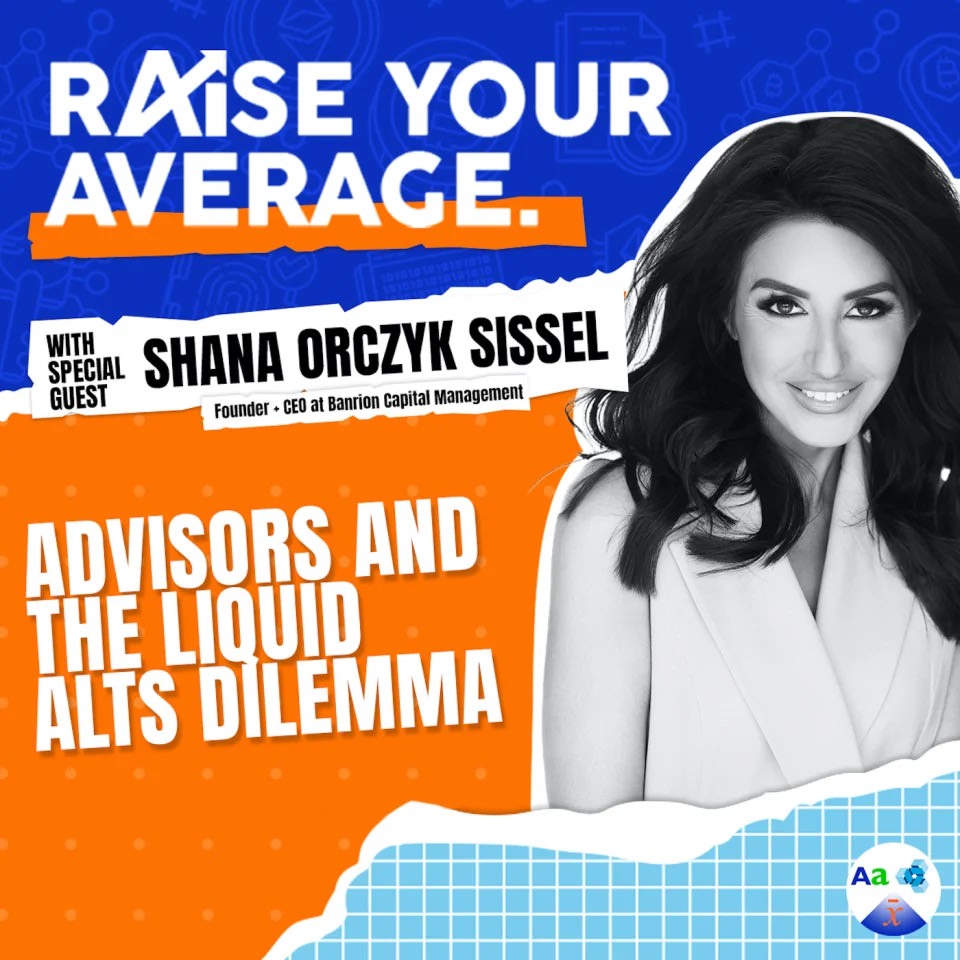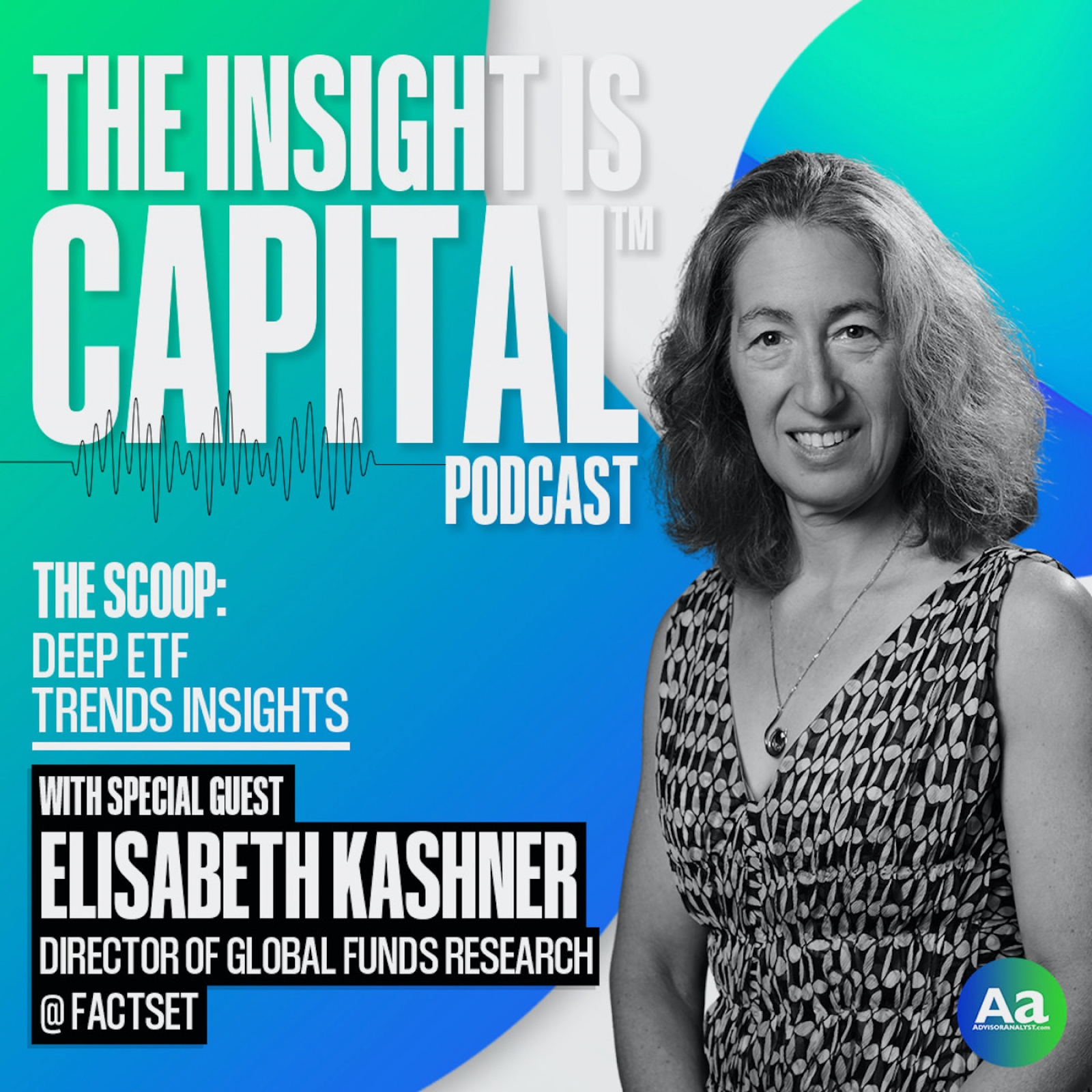In this episode, Richard and Pierre are joined by the brilliant and always-provocative Doomberg. Known for slicing through political and energy-market noise with precision, Doomberg unpacks the seismic shifts rippling across the globe following the U.S. election.
From the resurrection of “Drill, Baby, Drill” to the strategic chessboard of Big Tech’s nuclear ambitions, Doomberg delivers his signature contrarian takes on the interplay of energy, geopolitics, and the economy. Are we entering an era of “energy independence” under Trump 2.0, or is the green agenda facing its biggest existential test yet?
Key Topics We Cover:
📉 Why “Drill, Baby, Drill” might spell doom for energy equities but a windfall for supply.
⚛️ The real path forward for nuclear energy in a tech-driven future.
🛢️ How America’s hydrocarbon bounty could reshape foreign policy—and why Europe should brace itself.
🤝 The shifting power dynamics in BRICS and why Brazil’s Lula might be playing 4D chess.
🌐 Why geopolitics is veering toward a dangerous game of brinkmanship across Taiwan, Israel, and Ukraine.
Best Quote: “Industrial might is a derivative of energy abundance. Let’s rebuild domestic industry. Energy is life; the absence of it is death.” – Doomberg
Hit PLAY now to dive into one of the most insightful energy and geopolitical discussions of the year!
Chapters:
0:00 – Intro
3:45 – Trump’s Return: What it Means for Energy
15:30 – Big Tech’s Nuclear Gamble
23:00 – BRICS, Brazil, and the U.S. Pivot to the Western Hemisphere
35:00 – Middle East Flashpoints: Israel vs. Iran
45:00 – Taiwan’s Energy Crisis and Lessons from Germany
Don’t forget to like, subscribe, and turn on notifications for more hard-hitting conversations.
#EnergyCrisis #Geopolitics #Doomberg #TrumpEnergyPolicy #BigTech #NuclearPower #GreenEnergy #OilAndGas #BRICS #AdvisorAnalyst
Share your thoughts in the comments below—what’s your take on the future of energy under Trump?
Copyright © Raise Your Average, AdvisorAnalyst

